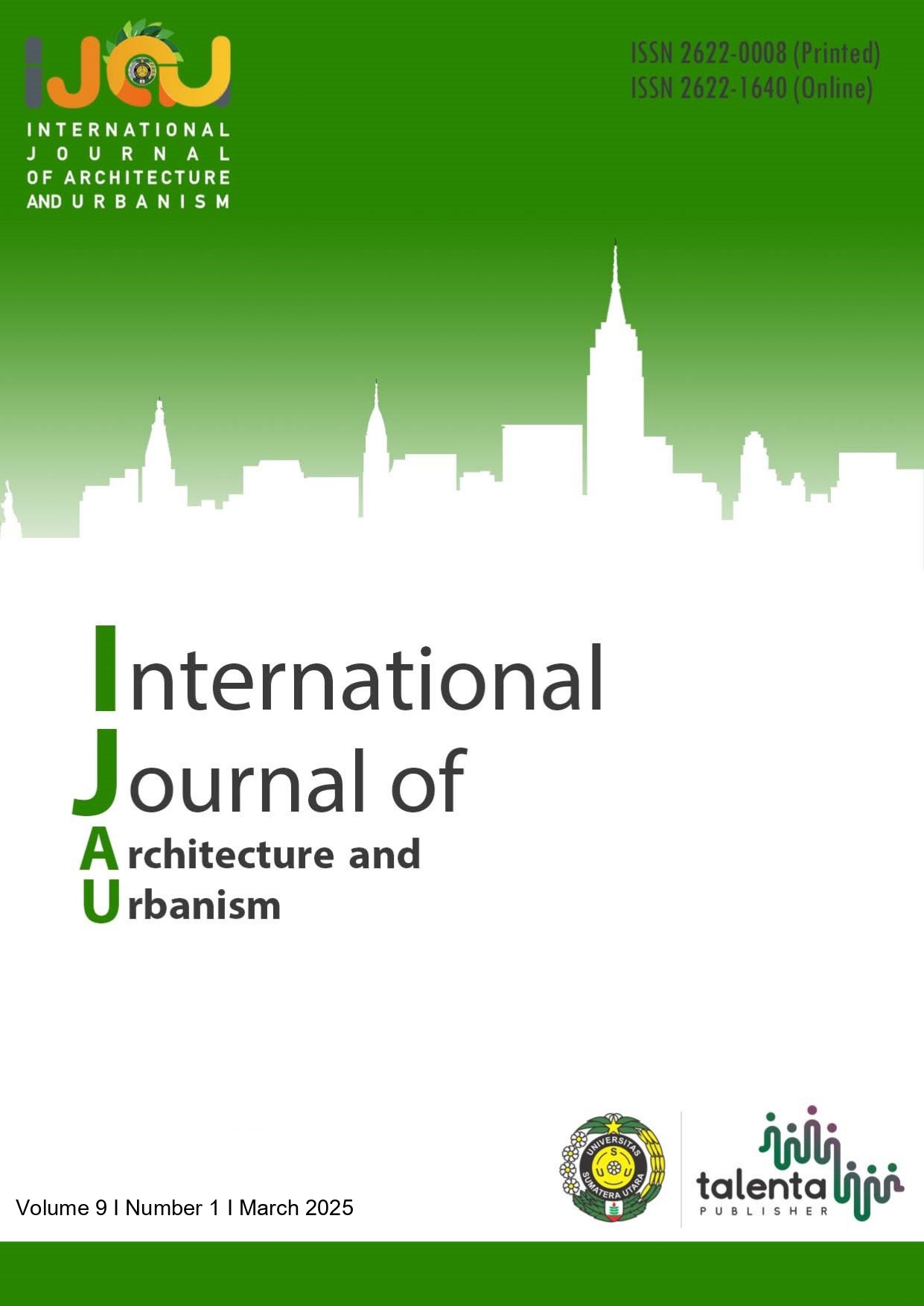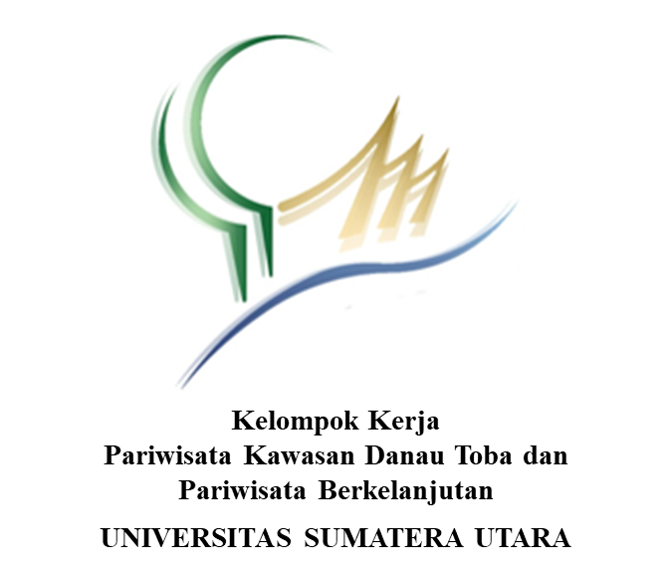The Influence of Transportation Network Connectivity on Spatial Structure in West Medan District
DOI:
https://doi.org/10.32734/ijau.v9i1.18867Abstract
This study aims to analyze the spatial structure of West Medan. This spatial structure analysis can help understand the influence of transportation network connectivity on spatial structure in the West Medan sub-district. Transportation is an essential and strategic means in an area; the existence of a transportation system has a connection with the transportation network that forms an area that makes the place a crowded urban space or even the center of community activity patterns with urban spatial planning that is formed into a commercial space. The transportation system is a chain of transportation consisting of a network that connects the centers of activities and supporting activities of the city with the road network system in the West Medan District. The connectivity pattern of transportation networks such as highways, public transportation, and bus lines can affect spatial structures such as land use and the distribution of activities in West Medan.
Downloads
Downloads
Published
How to Cite
Issue
Section
License
Copyright (c) 2025 International Journal of Architecture and Urbanism

This work is licensed under a Creative Commons Attribution-ShareAlike 4.0 International License.











.png)





